|
|
Post by PitYak Studios on Apr 1, 2008 11:10:51 GMT 12
I just accidently improved the marmite weathering technique a thousand-fold. So far all the times I've tried this the process has gone something like Prime - enamel undercoat - marmite - acrylic base coat. The marmite basically acts as a resist for the base coat, and when you scrub it off the undercoat shows through where the marmite was, like on the roof of the Dorchester here; 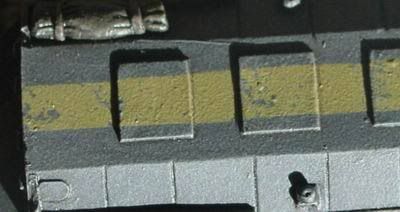 I picked up some cans of Tamiya spray paint when the local model shop was closing down, and decided to use them on the Crusader horde I'm doing. Now these cans are lacquer, which is a very different beast to acrylic. I normally use Tamiya acrylics, and the best way I can describe the difference is sprayed acrylics go on like a fine coating of particles, while lacquer goes on like a film across the surface. Compare the Dorchester to this Crusader; 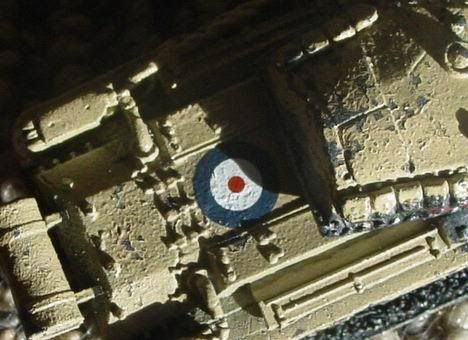 The marmite doesn't just act as a resist as it does with the acrylic, but actually causes the lacquer to lift and peel away, giving a much more realistic effect (or different effect anyway, peeling paint rather than just worn away paint) 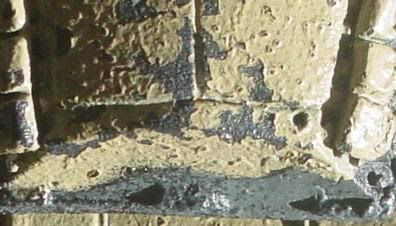 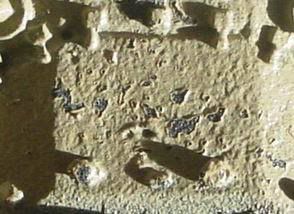 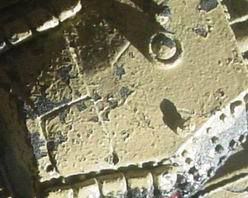 |
|
|
|
Post by maoriman on Apr 4, 2008 18:40:06 GMT 12
Excellent results, That does improve the final outcome. Is there any specific amount to spray to use or just a usual sort of amount. - I don't think that made sense  |
|
|
|
Post by PitYak Studios on Apr 5, 2008 7:26:37 GMT 12
I think I know what you're getting at - It was a fairly heavy coat as I was impatient and couldn't be bothered doing multiple light coats. By spraying fairly heavily the lacquer has a chance to do it's thing and form a film
|
|
|
|
Post by PitYak Studios on Apr 5, 2008 11:15:26 GMT 12
One final tip; Don't leave your jar of marmite where the dog can get it! 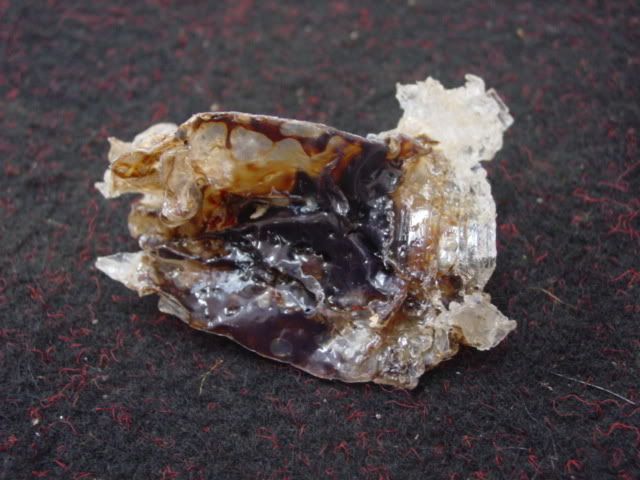 That was a full jar, and I didn't even know it was missing till I found it in her kennel this morning. No wonder her farts have been stinking so bad the last few days. |
|